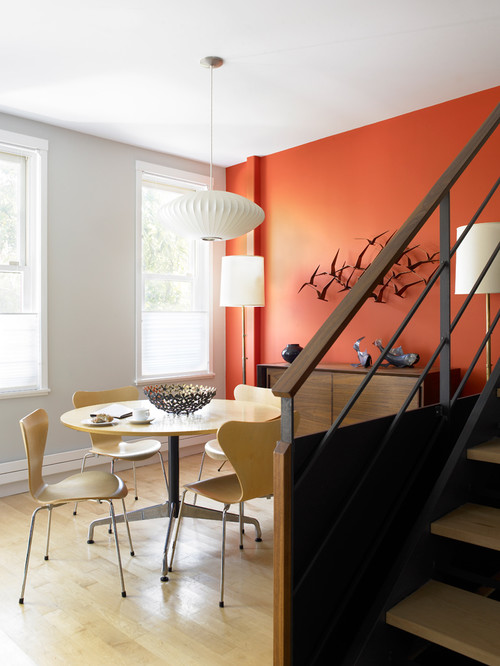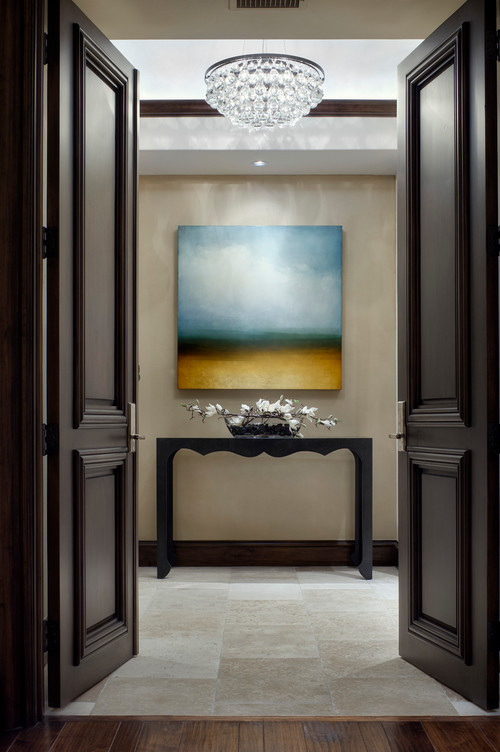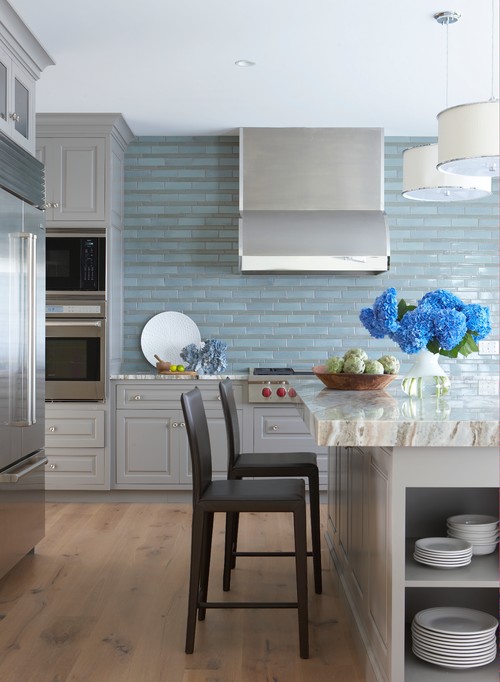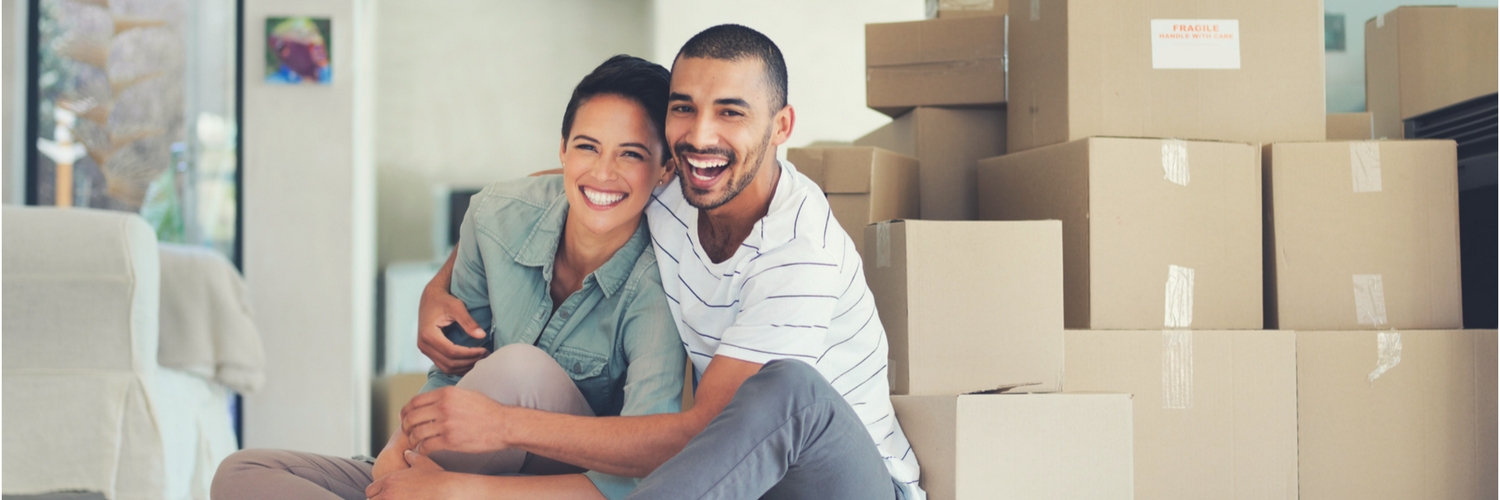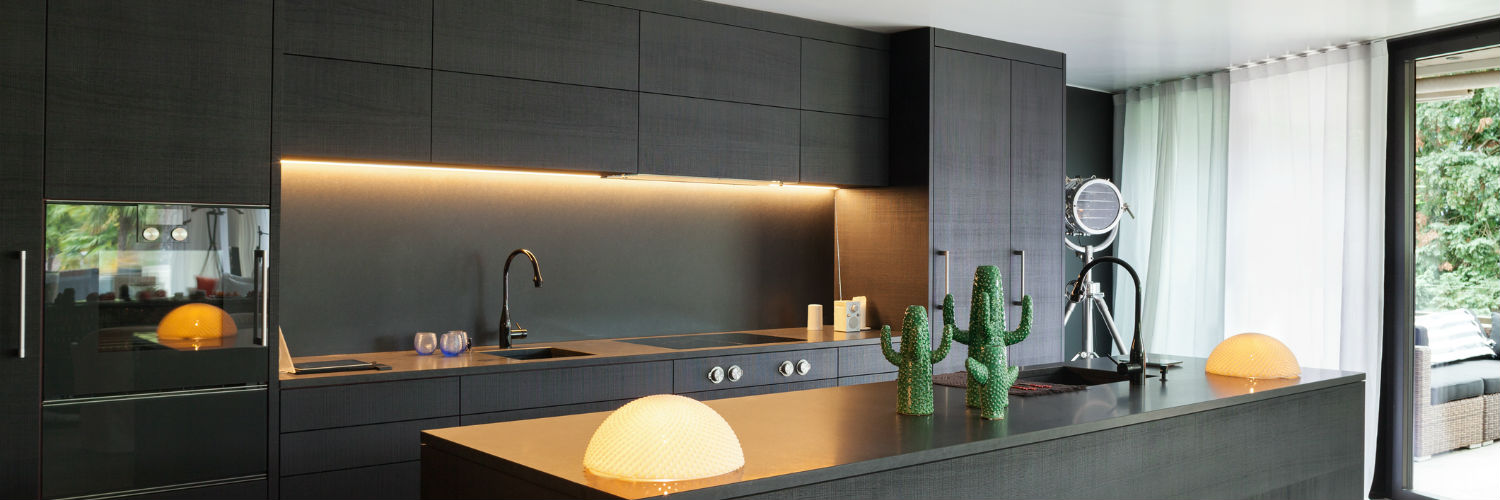Moved In? Now What? – A Post Move Check List


So, it’s been a month since you moved into your new home. The empty boxes are stacked in corners like miniature Leaning Towers of Pisas and you are missing some key pieces of mail. The moving checklist guided you day by day, but now that the moving storm has subsided, how do you complete the settling in process?
Ready for the best news ever!? Unlike your two-month long moving-in check list, there is a short list of tasks that will not only ensure you don’t miss the next People magazine, but will also help Mother Earth and others in need. Too good to be true? You can thank me later. Follow these five steps and you will forget you ever moved.
1. Boxes! Boxes!
To truly feel moved in, the first task is to get rid of all the empty moving boxes. So many of us are guilty of just leaving the empty boxes in the garage or attic to gather dust. Instead be green and save green by asking your moving company if they have a box return program. For instance, NorthStar Moving Company will give you back 25% of the original cost of their boxes if you return them.
Other ways to reuse boxes is to flatten them and put them out on recycling day or use them for storage of keepsakes, holiday décor and other items you only need on occasion. The most creative and inspirational way to reuse moving boxes is to join the Global Cardboard Challenge to celebrate child creativity!
2. Mail Yourself
Does your mailbox seem light? While you may be thankful to not be getting all of your bills you certainly don’t want to miss a due date. Check in with the post office to make sure they have your mail forwarding service set up correctly. Then send a friendly postcard to yourself, address it to you at your old address and wait and see if it gets forwarded to your new address.
3. Update Your Driver’s License & Consider Becoming a Donor
No one enjoys visiting the DMV and the good news is you don’t have to! You can change your address online. You must report your new address within 30 days of your move to the Department of Transportation Registry of Motor Vehicles.
This is also an opportunity to revisit being an organ donor. You can register to become an organ donor on your state’s DMV website as well. The number of donors willing to make organ donations are not growing as quickly as the number of people who need them. 20 people in the United States die each day while waiting for organ and tissue transplants. The number of patients in the U.S. waiting for transplants is currently over 116,000 people. Even more are waiting for much-needed tissue transplants.
While you are on the subject, consider a program to donate your whole body. The organ donor symbol on the back of a driver’s license is different from body donation, they are completely separate programs with entirely different consenting processes. Only 1% of organs donors specify to donate their whole body. There is a great need. You could potentially make a difference in the lives of many people.
4. Survey Your Stuff
After a month of living in your new home you now know what furniture, kitchen tools, artwork and even clothes fit into your new place. Rather than stumbling over the stuff that you don’t need, give it to someone that does need it and will give it a good home.
Create two labels: “donate” and “give to friends & family.” Donate clothing and household items that don’t have sentimental value to your local favorite charity such as Goodwill or Habitat for Humanity’s ReStore for someone else to enjoy.
For the items that are sentimental, keep them in the family by giving them to loved ones. But, don’t just hand it to them, throw a party, a reverse housewarming party! Instead of having your friends bring a housewarming gift, ask them to pick one (or more) of your items and take it home with them. This is a great way to reunite with old friends and meet new friends after your move. Your unneeded things will be in a home where you can visit them often.
5. Vote!
There is no “debate” that every American needs to cast their ballot, so it is vital to register to vote. Your voter registration does not move with you. If you move within your existing county, you must complete a new voter registration form to update your new address. If you move to a different county or state, you must re-register with your new county and/or state.
Visit the EAC website to download and print the National Mail Voter Registration Form. Once you have completed the registration form, mail it to the address listed under your state in the “State Instructions.”
See, in just five steps you are now clear of moving remnants and clutter, sipping coffee with your New York Times and are the shining example of being a responsible citizen. Enjoy your new life!
7 Things to Do Before Moving into Your New Home


The keys are yours, now what?
Congratulations! You’re a new homeowner. While you may not be able to wait to move in, there are a few things you should consider tackling before hanging those family photos on the walls.

1. Change the locks – For peace of mind, it’s a good idea to change out the locks on your exterior doors to ensure that anyone the previous owners may have given a key to can no longer access the property. According to Home Advisor, the average homeowner spends between $100-$300 hiring a locksmith.
2. Paint – Don’t love the lemon yellow the previous homeowners chose for the master bedroom? Painting your new home will be infinitely easier if you can do so before moving furniture into the space. Head to your local paint store to pick up a few samples to test before committing. Take your time and be sure to view the color swatches in different lights before committing. There are also handy online visualization tool like the Benjamin Moore Personal Color Viewer.

3. Take care of your floors – Like with painting, treating and refinishing floors is much easier without furniture in the way. Costs for this project will vary depending on the size of the job, but you can estimate roughly $200 for supplies and equipment. Check out this useful guide to refinishing wood floors from This Old House before heading to the hardware store.

4. Make any necessary repairs – Does the bathtub need to be re-caulked or the tile re-grouted? Do the floor boards creak? Make a list of priority repairs and tackle them one by one. You’ll be happy you did a few months from now when other projects crop up on the honey do list.
5. Clean from top to bottom – The only thing better than a new home is a clean new home. Now is the best time to give every nook and cranny of your home a deep clean. Scrub the inside of appliances like the refrigerator, oven, dishwasher and microwave. Wipe down walls and baseboards with a damp cloth. Looking for clever ways to banish grease and grime? Check out our Home Tip of the Day video series.

6. Set up your utilities – Call your electric, gas, cable and water utility providers to make sure service is transferred to you after closing. You’ll also want to research when trash and recycling pick-up are scheduled for your zone.
7. Change your Address – While you may want those mortgage bills to be sent elsewhere, it’s important to file a change of address with the US Postal Service to ensure that all mail is forwarded to your new address following your move. Also be sure to alert friends and family of your new address. They’ll need to know where to send that housewarming gift!
Now, the only thing left to do is celebrate! Looking for great housewarming party ideas? Try one of these backyard flings!
Not Getting the Media Coverage You Want? 3 Tips on Getting Free Publicity in the News
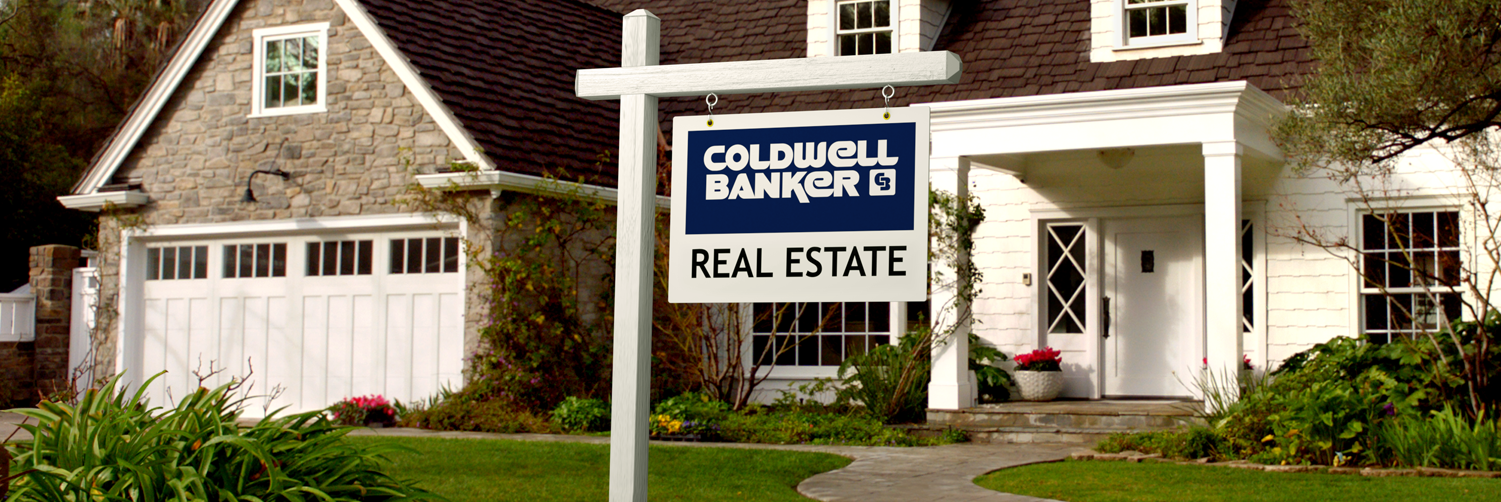

If you were at a cocktail party, standing with a group of people, what is the one thing about your company that is going to make everyone want to know more?
<– Go back to the Real Advantages home page
Public relations was a hot topic at the recent Inman Connect San Francisco. And it’s no surprise why: PR can be a powerful promotional tool for a business to gain free exposure in their local news. Yet often real estate companies are not using PR in their marketing mix, give up after a few unsuccessful attempts of not getting coverage or confusing PR with advertising.
PR is earned media – not paid media. The core difference is that advertising is pay for play, where you are in control. If you can afford to pay for the placement of an advertisement, you control the message, you control when its distributed, and you control how long it’s out in the marketplace. In PR, the control is in the hands of the media. The reporter and media outlet control if and when it will run, how that story will be written or edited, and who else will participate in it. In PR you have to “earn” your way in by “pitching” media on an idea and convincing them why a particular story is worthy of coverage and why you should be interviewed for that story.
Coldwell Banker can help you navigate through the complexities of PR. Here are 3 tricks of the trade for generating media exposure in real estate:
IT’S A 24/7 NEWS WORLD. Take advantage of this by using your MLS data and packaging it up with the monthly National Association of Realtors (NAR) Existing Home Sales report. Around the third week of each month, NAR issues national real estate data. Not only is this information of national interest, but you also can give it local appeal by adding those same data points from your MLS – things like average home price, inventory levels and time on market. When you compare the national numbers to the local numbers, ask yourself: Is your average sales price up or down compared to the nation? Are your days on market longer or shorter? These comparisons are a great way to “localize” the story. There isn’t an easier way to position yourself and your company as the premier source of local real estate information to the media and its readers/viewers.
BREAK THROUGH THE NOISE. Reporters are inundated with story ideas, so make sure your pitch or press release stands out. For example, if you’re opening a new office somewhere in town, don’t write the traditional press release announcing the opening of this office. Why not paint a bigger picture? What’s happening in that area of town? Has there been recent construction for new commercial development? New home developments? Interstate/highway expansion? Population growth in this area? You will have to do a little research, but packaging up your new office opening with a larger story of city/neighborhood growth could increase your chances of actually getting coverage. Yes, the story won’t be exclusively about your new office (let’s be honest that story was never going to run anyway), but now you might get included in the larger story as a source and potentially getting your company mentioned as a part of that growth story.
TELL THE RIGHT STORY OF A HOME. Coldwell Banker Global Luxury represents some of the world’s most stunning homes that generate national media coverage. The key to getting the media’s attention when it comes to covering a luxury or notable listing is getting outside the listing description model for a press release. Is the owner someone notable? Use the first 50 words to tell that story. If the owner isn’t going to generate headlines, then use that headline and opening paragraph to tell the story of the uniqueness of the property. Does it have smart home or green features? Can you look out a window to see something no one else in town gets to see? Is there some historic element to the house waiting to be shared? Bottom line: If you were at a cocktail party and standing with a group of people, what is the one thing about this house that is going to make everyone want to know more? Use that element as your pitch to the media.
Looking for more tips on how to get the most of your real estate PR, visit CB Exchange and search “public relations.”
Source: Coldwell Banker Blue Matter Blog
Coldwell Banker at Inman Connect San Francisco 2017



Inman Connect San Francisco brings together more than 4,000 of the most important people in real estate including top-producing agents and brokers, CEOs of leading real estate franchises and tech entrepreneurs to embrace and leverage the change that surrounds real estate.
Coldwell Banker showed up big this year. From the stage to the lobby Gen Blue was seen and heard – reminding the industry why it is real estate’s most iconic brand.
Below are some highlights from the week.
The President and CEO of Coldwell Banker, Charlie Young, gave an inspiring keynote from mainstage about how the Empowered Agent is bringing positive disruption to real estate and is a force to be reckoned with.
Charlie also wrote a piece for Inman on how to identify, embrace and support these talented specialists as we look to the future.
A special group of empowered agents were highlighted on mainstage including Team Diva with Coldwell Banker Bain in Seattle. Pictured on-screen below is Kim V. Colaprete and Roy Powell.

Lindsay Listanski, Senior Manager Media Engagement for Coldwell Banker, ran a social media crash course on how to implement geographic marketing using Facebook, Instagram and YouTube.
The audience ate it up and so did Inman. Lindsay’s presentation was packed full of how-tos, best practices and helpful tips on how to take your social media marketing to the next level and wow your sellers. You can catch her full presentation here.
David Marine, Senior Vice President of Marketing, predicted the future of real estate marketing. Spoiler alert: the future is video. He covered everything from local television advertising to how to effectively use video to bolster your listings. He also addressed how real estate brands should think about using tools like Zillow and Trulia to their advantage.
Coldwell Banker rounded out the week with a visit to the Nest Headquarters in Palo Alto.
Agents and brokers heard from Nest CMO Doug Sweeny about the future of the connected home and received a preview of what Nest is doing to support real estate Smart Home specialists.
Come back to CB Exchange for a new suite of marketing assets next month!
The networking and fun continued at the invite-only Coldwell Banker cocktail party – Smart Cocktails and Smart Conversations.

Even if you weren’t there in person you can catch up on everything you missed right here:
- David Marine on Why You Should Consider Advertising on Local TV
- David Marine on Zillow and Trulia
- Sam DeBrod on Why Brokerages Still Matter
- Terri King on the Value of a Franchise Brokerage and Coaching Your Team
- Charlie Young on Mainstage: The Empowered Agent
- Lindsay Listanski on Geographic Marketing using Facebook, Instagram and YouTube
Coldwell Banker sales associates can also stay in the know with Gen Blue News. Now available on Amazon Alexa, just enable Gen Blue News on your Amazon Echo or Echo Dot and say “”Alexa, Open Gen Blue News” or download the podcast through iTunes.
And if you’re still having FOMO make sure to join us at Gen Blue and Inman Connect NYC!

 Facebook
Facebook
 X
X
 Pinterest
Pinterest
 Copy Link
Copy Link

